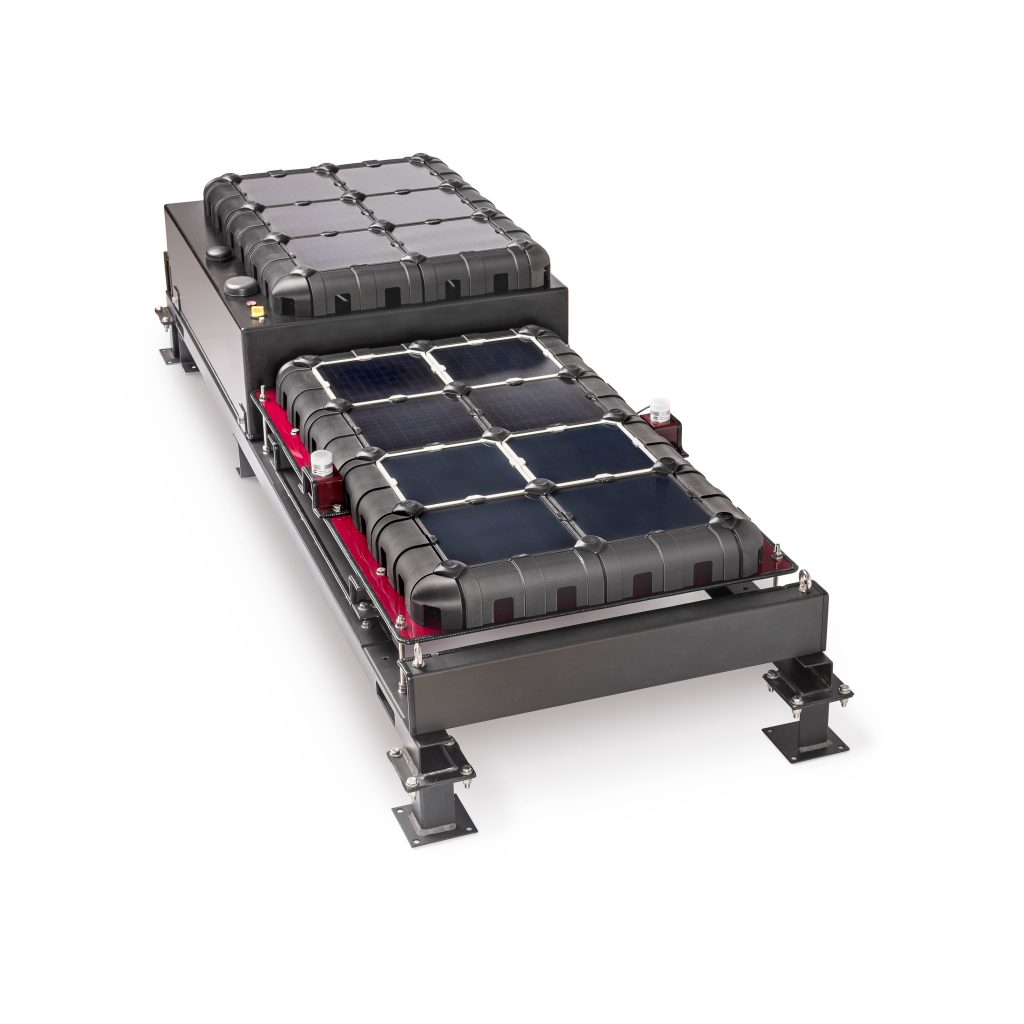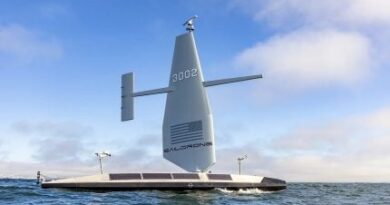Solar technology: powering the future of shipping
Although shipping is the most carbon-efficient mode of freight transport on a per tonne-kilometre basis, the sheer size of global trade results in a significant environmental impact.
To achieve meaningful emissions reductions – the sector is currently responsible for approximately 3% of global annual CO2 emissions – coordinated action is required across the value chain.
Shipbuilders, engine manufacturers, fuel producers, port authorities, and shipping companies must work collaboratively to accelerate innovation and reduce emissions.

Harnessing the sun at sea
Despite being a hard-to-abate industry, shipping is witnessing an acceleration in the adoption of clean technologies. Solar is emerging as a particularly attractive option for integration into shipboard power systems due to its abundance, reliability and zero-emission profile.
While initially considered difficult to adapt to marine environments, continuous advancements in materials science and engineering are yielding more robust, efficient and cost-effective solar technologies specifically designed for maritime applications.
For example, breakthroughs in photovoltaics have seen the development of lightweight, flexible, and corrosion-resistant solar panels, which have improved the feasibility of integrating solar arrays on commercial and passenger vessels.
Simultaneously, improvements in storage and energy management technologies are enabling ships to store and deploy solar energy more efficiently, reducing dependency on fossil fuels.
Onboard energy generation and storage
Grafmarine has developed a novel approach to clean energy generation and storage
designed specifically for the operational and environmental demands of shipping. Its NanoDeck system is an adaptable, modular solar energy platform engineered to operate in the most challenging marine conditions.
Composed of interlinked tiles made from advanced silicon- and perovskite-based
Photovoltaic materials, the system converts flat surfaces, such as vessel decks, port
structures, or offshore platforms, into intelligent energy hubs. The interlinked tiles combine solar power generation with hybrid storage technologies, enabling rapid, reliable power availability across various operational scenarios.
Designed with maritime resilience in mind, the tiles are constructed from reinforced
composite materials that offer exceptional durability, corrosion resistance, and mechanical strength, and are bonded and mounted directly on a vessel’s deck.
The system’s modular construction allows for straightforward retrofitting on existing fleets and seamless integration into the build process of new vessels. Crucially, each tile operates as an independent energy node, which can be clustered for greater capacity or replaced individually without disrupting the system.
Essentially, the scalable platform converts and stores energy to provide continuous power up to 600 volts at sea, in port, or anywhere off-grid. It reduces operating costs, optimises energy efficiency and lowers carbon emissions. In fact, digital testing has shown it could save up to 10% of the fuel on an oil tanker – equivalent to up to 10 tonnes of heavy fuel oil per day – with the potential to increase to 40% over five years through system scaling and continuous technological improvement.
A significant advantage of the system is its compatibility with other decarbonisation
pathways. It is designed to complement existing propulsion technologies and emerging green fuels and can operate alongside wind-assisted propulsion, making it a versatile addition to any sustainability strategy.

Green port infrastructure
While vessels attract most of the attention in discussions about decarbonisation, emissions generated during port operations remain a substantial and often overlooked contributor to greenhouse gases. Research shows that up to 85% of emissions from tankers occur while docked in ports.
As pressure mounts to reduce maritime emissions, attention should be paid to port
infrastructure as an area where transformative sustainability gains can be achieved. The integration of renewable energy systems, particularly solar technologies, offers a viable solution.
The solid-state, plug-and-play architecture of systems such as NanoDeck allows for
installation across diverse environments, including buildings, dock structures and dedicated energy zones, to generate clean, decentralised power. This not only reduces the carbon footprint of port operations but also enables ships to shut down their engines while docked, drawing power from the port’s renewable grid.
Supported by AI
The integration of artificial intelligence (AI) is widespread across all industries and sectors, and shipping is no exception. Grafmarine’s AI-driven platform, NanoPredict, is designed to optimise how vessels generate, store and use renewable energy at sea.
The platform leverages more than two decades of global weather data across key shipping corridors to forecast environmental conditions and dynamically adjust energy use. This predictive capability enables vessels to adjust power deployment in real time, ensuring that stored energy is used at the most effective points during a voyage.
Additionally, by embedding intelligent automation into onboard energy systems, the system transforms shipboard energy management into a proactive, data-informed strategy that not only supports compliance with evolving emissions regulations but also improves cost predictability and asset performance.
With an estimated 100,000 ships currently active and generating nearly 940 million tonnes of greenhouse gas emissions annually, solar technologies represent a promising step toward meeting global climate objectives while enhancing operational resilience within the shipping sector.




